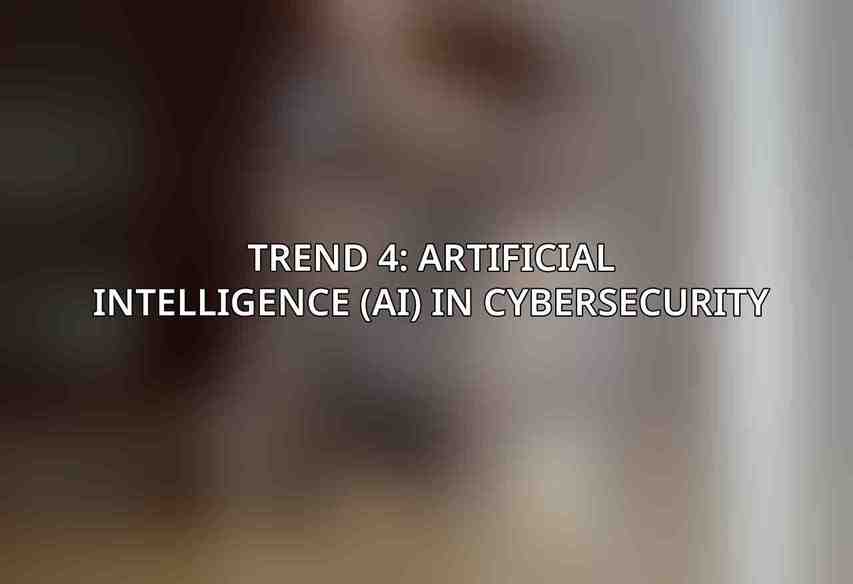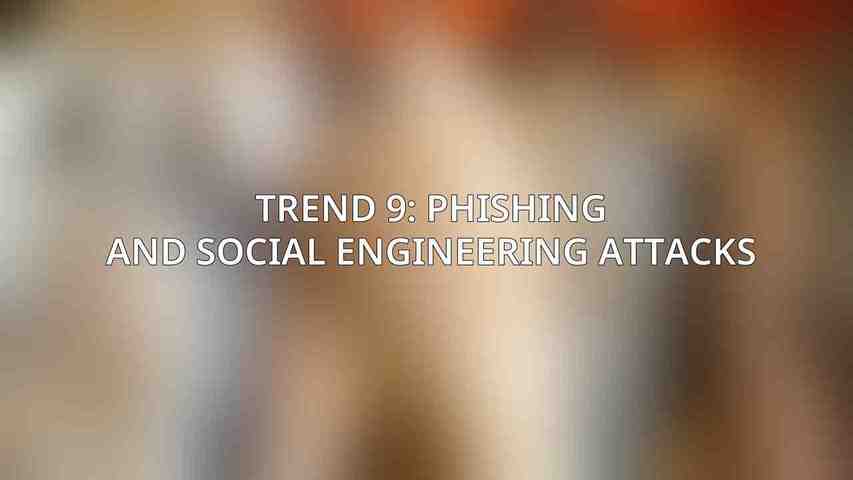the significance of cybersecurity cannot be overstated. As we progress deeper into the digital era, the threats to cybersecurity continue to grow in complexity and scale. From ransomware attacks to supply chain breaches, it is vital for individuals and organizations to remain vigilant and informed about the latest cybersecurity trends. In this world, companies like Colohouse play a crucial role in providing cutting-edge cybersecurity solutions to protect against these emerging threats.
| Feature | Description | ||||||||||||||||||||||||||||||||||||||||||||||||||||||||||||||||||||||||||||||||||||||||||||||||||
|---|---|---|---|---|---|---|---|---|---|---|---|---|---|---|---|---|---|---|---|---|---|---|---|---|---|---|---|---|---|---|---|---|---|---|---|---|---|---|---|---|---|---|---|---|---|---|---|---|---|---|---|---|---|---|---|---|---|---|---|---|---|---|---|---|---|---|---|---|---|---|---|---|---|---|---|---|---|---|---|---|---|---|---|---|---|---|---|---|---|---|---|---|---|---|---|---|---|---|---|
| Company Name | Colohouse | ||||||||||||||||||||||||||||||||||||||||||||||||||||||||||||||||||||||||||||||||||||||||||||||||||
| Website | https://www.colohouse.com/ | ||||||||||||||||||||||||||||||||||||||||||||||||||||||||||||||||||||||||||||||||||||||||||||||||||
| Services | Colocation, Dedicated Servers, Private Cloud, Disaster Recovery | ||||||||||||||||||||||||||||||||||||||||||||||||||||||||||||||||||||||||||||||||||||||||||||||||||
| Data Center Locations | Ashburn, VA; Dallas, TX; Los Angeles, CA; New York, NY; San Jose, CA | ||||||||||||||||||||||||||||||||||||||||||||||||||||||||||||||||||||||||||||||||||||||||||||||||||
| Tier Level | Tier III+ | ||||||||||||||||||||||||||||||||||||||||||||||||||||||||||||||||||||||||||||||||||||||||||||||||||
| Security Certifications | ISO 27001, SOC 2 Type II, PCI DSS | ||||||||||||||||||||||||||||||||||||||||||||||||||||||||||||||||||||||||||||||||||||||||||||||||||
| Power Density | Up to 20kW per rack | ||||||||||||||||||||||||||||||||||||||||||||||||||||||||||||||||||||||||||||||||||||||||||||||||||
| Cooling | CRAC units with N+1 redundancy | ||||||||||||||||||||||||||||||||||||||||||||||||||||||||||||||||||||||||||||||||||||||||||||||||||
| Connectivity | Multiple carriers and 100Gbps+ bandwidth | ||||||||||||||||||||||||||||||||||||||||||||||||||||||||||||||||||||||||||||||||||||||||||||||||||
| 24/7 Support | Yes | ||||||||||||||||||||||||||||||||||||||||||||||||||||||||||||||||||||||||||||||||||||||||||||||||||
| Visit Colohouse | |||||||||||||||||||||||||||||||||||||||||||||||||||||||||||||||||||||||||||||||||||||||||||||||||||
Trend 1: Rise of Ransomware-as-a-Service (RaaS)
Ransomware-as-a-Service (RaaS) has emerged as a lucrative and sophisticated model for cybercriminals to carry out attacks. This approach allows even non-technical threat actors to launch ransomware attacks with ease, utilizing ready-made tools and infrastructure provided by more skilled criminals. The increasing accessibility of RaaS platforms poses a significant threat to businesses of all sizes. Mitigating RaaS attacks requires robust cybersecurity measures, including regular data backups, employee training on phishing awareness, and the use of advanced endpoint protection software.
Trend 2: Cloud-based Threats
With the widespread adoption of cloud computing, organizations are facing an expanded attack surface that introduces new vulnerabilities. Misconfigurations in cloud environments, insecure APIs, and data breaches are among the common threats facing cloud users. Securing cloud environments requires implementing strong access controls, encrypting sensitive data, regularly auditing configurations, and employing cloud security solutions like Cloud Access Security Brokers (CASBs).
Trend 3: Supply Chain Attacks
Supply chain attacks have become more prevalent, targeting third-party vendors to infiltrate the networks of larger organizations. High-profile breaches like the SolarWinds incident underscore the far-reaching impact of these attacks. To prevent and mitigate supply chain risks, organizations must conduct thorough vendor assessments, monitor third-party connections, and implement security controls like encryption and multi-factor authentication throughout the supply chain.
Trend 4: Artificial Intelligence (AI) in Cybersecurity

Artificial Intelligence (AI) holds immense promise in enhancing cybersecurity defenses by enabling proactive threat detection and response capabilities. AI-driven solutions can analyze vast amounts of data in real-time to identify potential security incidents and automate responses, thereby augmenting cybersecurity teams’ efforts. While AI offers significant benefits, concerns regarding the ethical use of AI in cybersecurity and the potential for adversarial attacks on AI systems should not be overlooked.
Trend 5: Zero Trust Security

Zero Trust Security is a paradigm that advocates for verifying every user and device attempting to access an organization’s network, regardless of their location. By implementing strict access controls and continuous verification mechanisms, zero trust security models aim to prevent lateral movement by threat actors within a network. Organizations looking to adopt zero trust architectures should conduct thorough identity and access management assessments, segment their networks, and deploy technologies like micro-segmentation to enforce granular security policies.
Trend 6: Extended Detection and Response (XDR)
Extended Detection and Response (XDR) platforms represent a comprehensive approach to cybersecurity that integrates various security tools like Endpoint Detection and Response (EDR), Network Detection and Response (NDR), and Security Information and Event Management (SIEM) systems. By consolidating security information and automating response actions, XDR solutions can improve threat detection capabilities and enhance incident response times. However, organizations must address the challenges of XDR implementation, such as data integration complexities and the need for skilled security personnel.
Trend 7: Quantum Computing and Cybersecurity
The advent of quantum computing presents both opportunities and challenges for cybersecurity. While quantum computing can revolutionize encryption by rendering traditional cryptographic algorithms obsolete, it also poses a threat to current encryption methods. To counter the potential risks posed by quantum computers, researchers are working on developing quantum-resistant encryption techniques like lattice-based cryptography and quantum key distribution. Businesses and governments need to stay abreast of these developments to prepare for the quantum era and safeguard their sensitive information.
Trend 8: Insider Threats
Insider threats, whether committed maliciously or inadvertently by employees, contractors, or partners, continue to pose a significant risk to organizations. Motivations for insider breaches can range from financial gain to ideology or simply human error. Mitigating insider threats requires a multi-faceted approach that includes user awareness training, implementing least privilege access controls, monitoring user behavior for anomalous activities, and establishing clear policies and procedures for handling sensitive data.
Trend 9: Phishing and Social Engineering Attacks

Phishing attacks remain a prevalent threat vector for cybercriminals, who leverage social engineering tactics to trick individuals into divulging sensitive information or performing malicious actions. These attacks have evolved beyond traditional email-based phishing to include methods like spear phishing and whaling that target specific individuals or high-ranking personnel within organizations. Protecting against phishing and social engineering attacks necessitates educating users about the latest tactics, implementing email filtering solutions, conducting simulated phishing exercises, and fostering a culture of cybersecurity awareness across the organization.
As we navigate the complex cybersecurity world of 2024, staying informed about the latest trends and threats is paramount for safeguarding digital assets and maintaining operational resilience. By proactively adopting best practices, leveraging innovative technologies, and partnering with cybersecurity experts like Colohouse, organizations can fortify their defenses against evolving cyber risks. As we forge ahead into an increasingly interconnected world, vigilance, collaboration, and a commitment to cybersecurity excellence will be key in mitigating the challenges that lie ahead.
Frequently Asked Questions
What are some key cybersecurity trends expected in 2024?
According to Colohouse experts, some key cybersecurity trends expected in 2024 include increased emphasis on AI and machine learning in cybersecurity defense, rise in zero trust security model adoption, growth of ransomware attacks targeting critical infrastructure, and stricter data privacy regulations.

